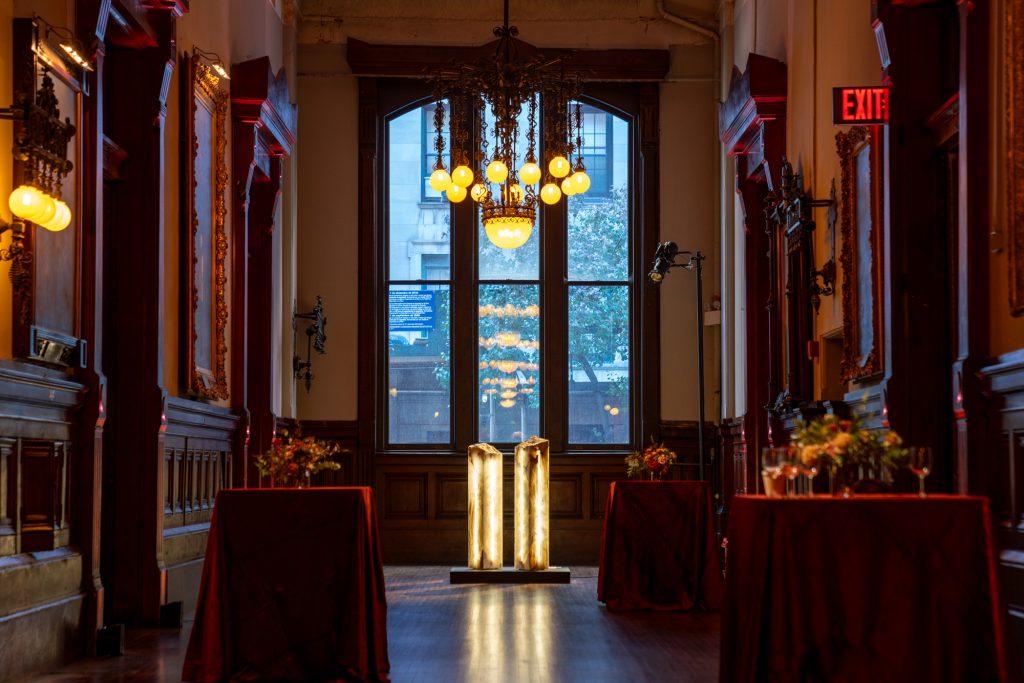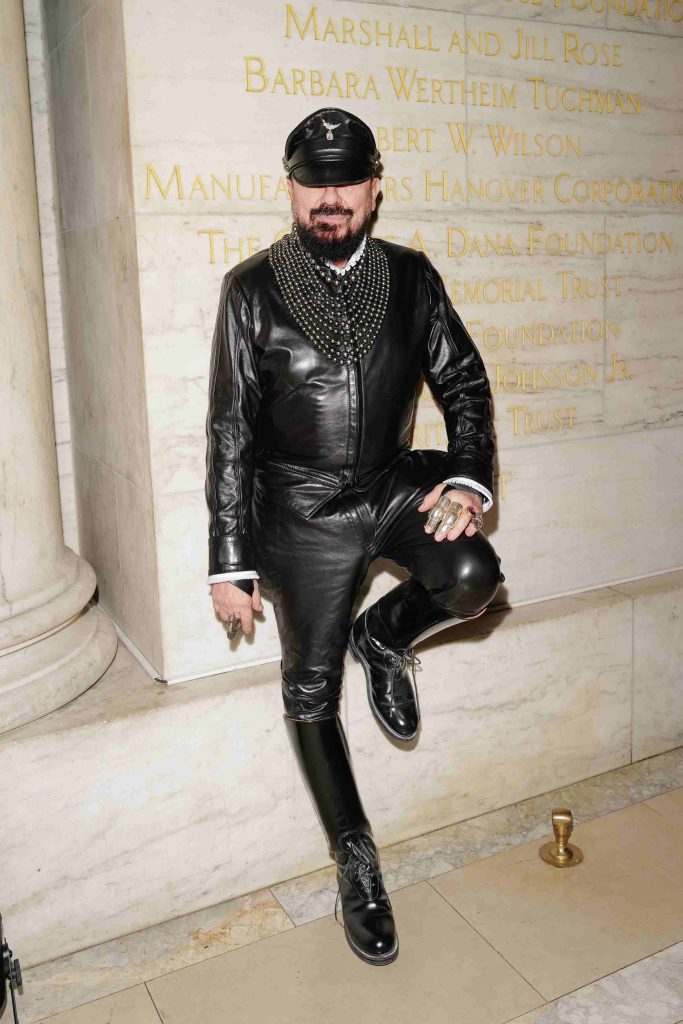Babushka International Art Exhibition, Tel Aviv
International street and graffiti artists gather under one roof to reimagine the Russian wooden doll sets

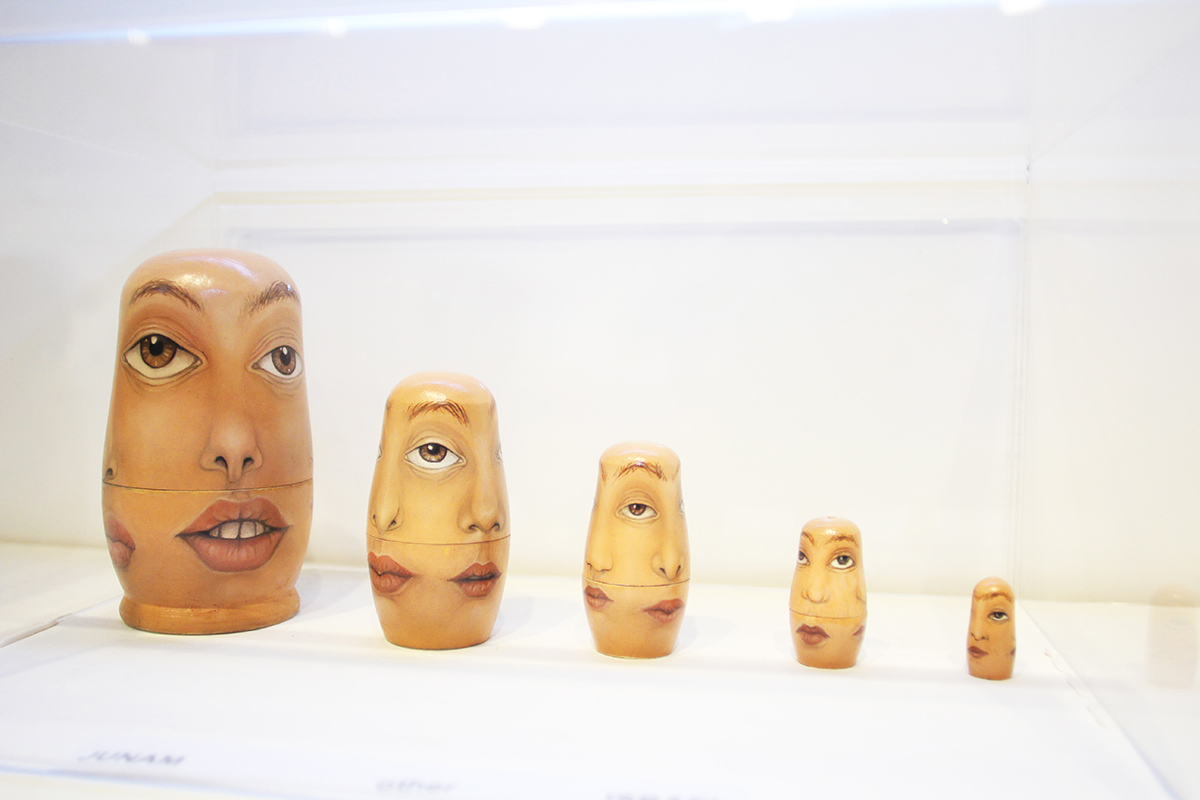
Russian dolls, otherwise referred to as Matryoshka dolls, or Babushkas, are most commonly known as dust-gathering, nondescript ornamental items resting upon your grandmothers mantel place. But thanks to the forward-thinking artistic vision of Mas972an Israel-born,international graffiti artist and curatorand Kuli Alma, Tel Avivs newest nightlife hotspot and cultural institution, these once-kitschy wooden dolls have taken a new, contemporary shape and form powered by the twisted minds of international street, graffiti and tattoo artists.
Taking place through 21 November, Tel Avivs first-ever Babushka International Art Exhibition marks the gathering of 60 different multi-disciplinary artists from cities such as Berlin, London, Paris, Caracas, Valencia, Tel Aviv and of course St Petersburg, all commissioned to create an exclusive, one-off series of vibrant, thought-provoking and imaginative Russian doll sets.
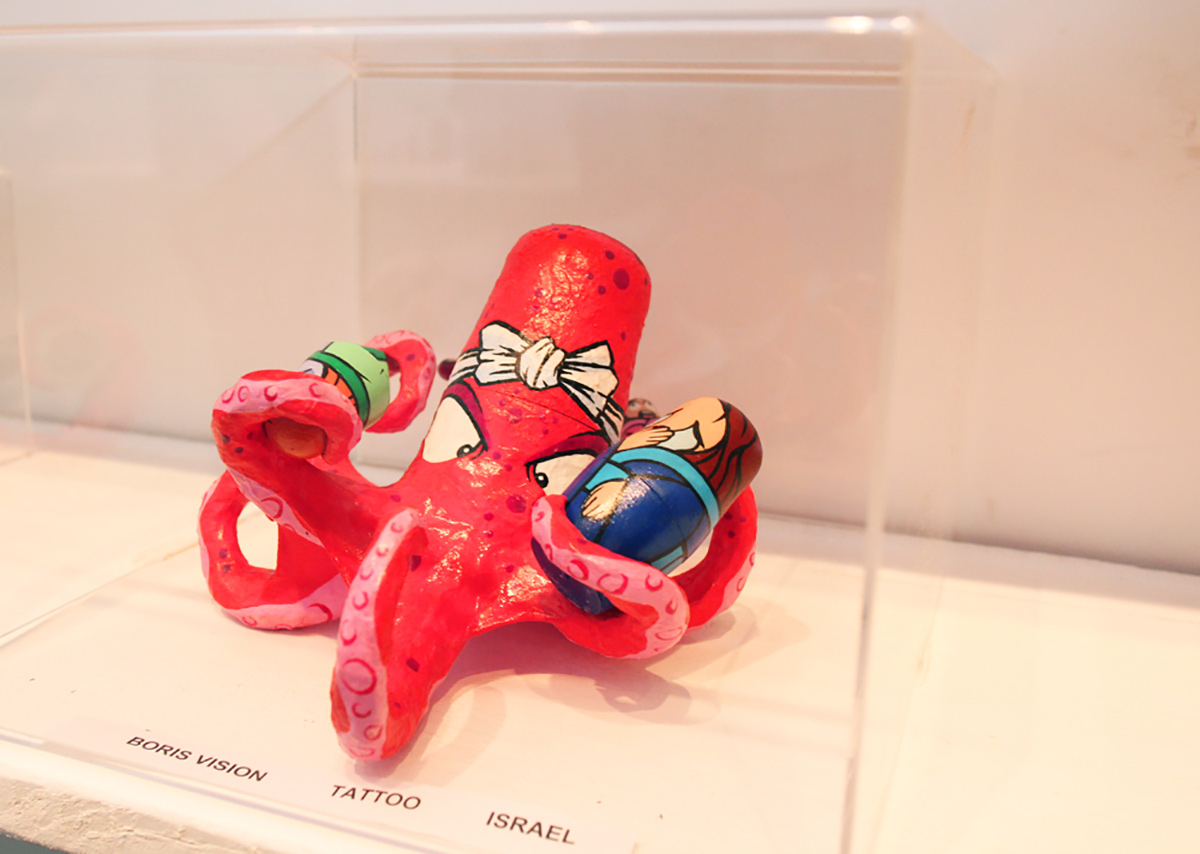
Circling throughout the horn-shaped exhibition in Kuli Almas newly opened art gallery, we were struck by the intricate, beautifully-crafted series of Russian dolls, many of which infuse philosophical, political and social commentary all the while stimulating our oracular senses, including purely ink, tattoo-inspired works from the likes of Haifa-born artist Yuta; a bold and multi-colored series by Boaz Sides Untay; a collection of skull faces by Italian artist Max Grotto; Dada-like pieces from Polish artist Michal Gromba; and a haunting, androgynous series of faces by emerging Israeli artist JUNAM.
We grazed past the well-dressed, spritely crowd and caught up with Mas972 and JUNAM to learn more about the inspiration behind the exhibition, from the unique aspects and challenges of working with Matryoshka dolls as a medium to the various efforts in putting together a group show of dozens of artists from around the world.
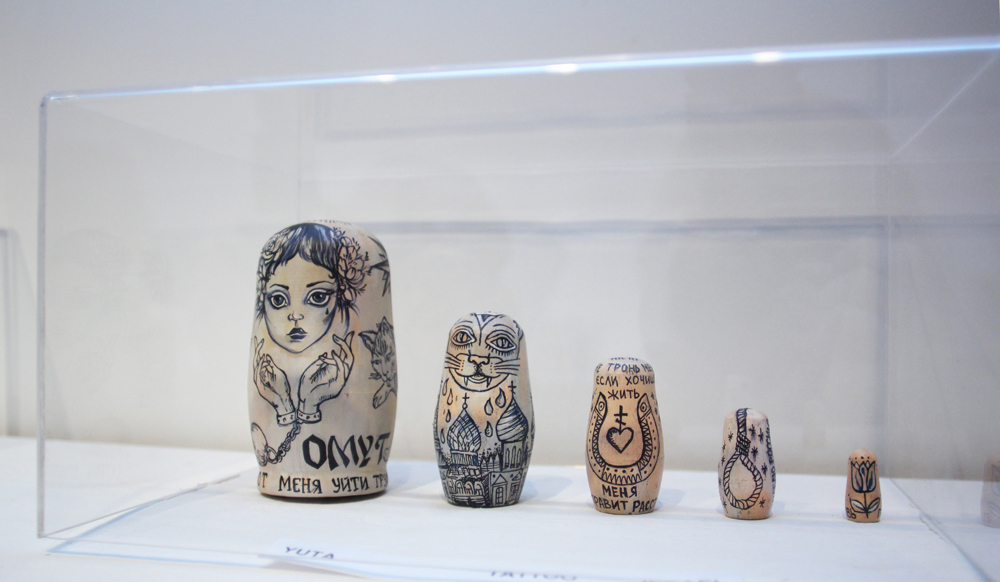
What inspired you to contribute to this atypical, one-off exhibition bringing an outdated art form back to life?
JUNAM: The idea of designing and painting on the figure of a Babushka (Matryoshka) doll inspired me to great lengths, mainly due to the structures unique three-dimensional shape, which creates new challenges for the observer with its multiple viewpoints andperspectives.
Did you take any specific approach in creating your series, or was the process more loose and free-flowing?
JUNAM: I wanted to try to intensify the multi-sized aspects of babushkas by painting different faces on each side so as to challenge the viewer toexamine each and every angle. I created each doll to project a calm and neutral atmosphere without making the gender of each object obvious, allowing the viewer to choose for themself.
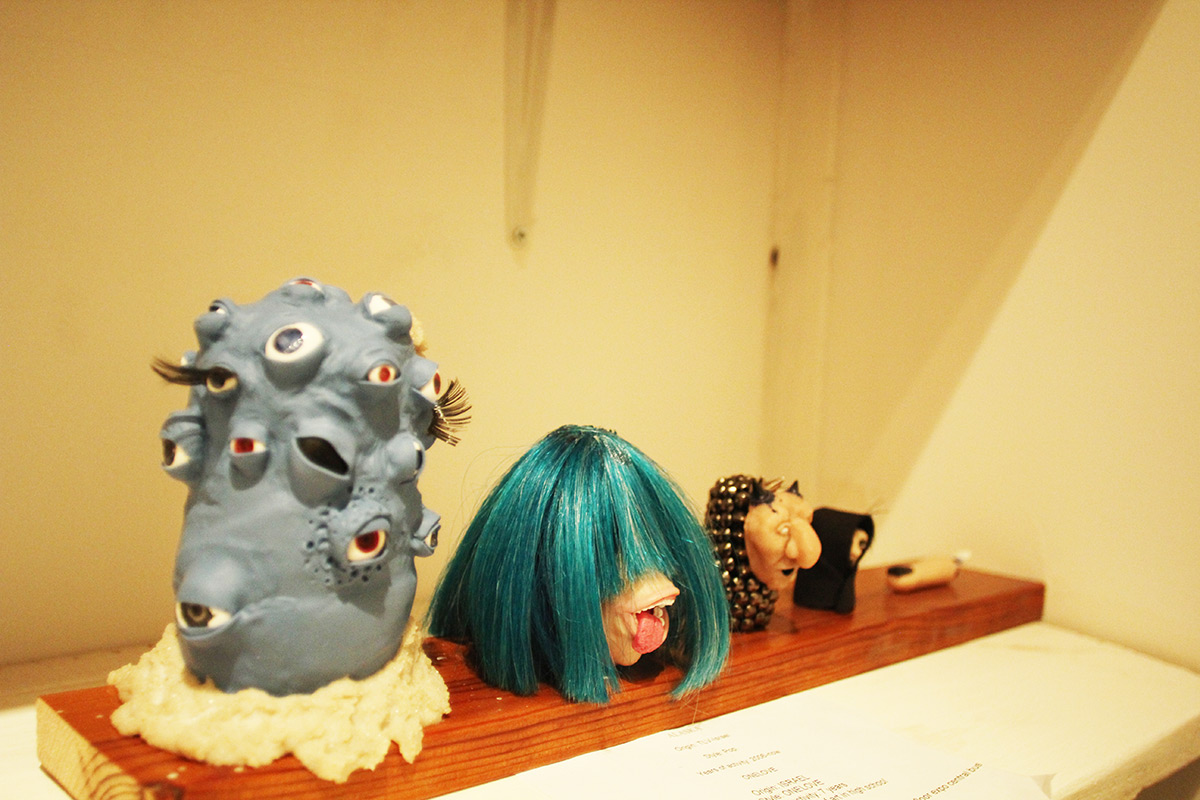
As an artist and curator, what inspired you to put together an exhibition focusing on Babushka dolls, something mostly related to Russian culture and kitschy souvenir shops?
Mas972: I have always been interested in media from times past, specifically artistic relics and mediums that have since been disregarded as stale and irrelevant. The Babushka International Art Exhibition superimposes this traditional art form to the new world of street art and graffiti, a reimagining of sorts. Each artist featured in the exhibition received the same set of fivewooden Matryoshka dolls, and were asked to create their work without specific boundaries or pre-imposed artistic direction.
Was there method to choosing the artists for theexhibition, both in Israel and around the world?
Mas972: The idea for the show is something I had been thinking about for quite some time. To get the wheels in motion, I packed a suitcase filled with Matryoshka dolls to the “Meeting of Styles” exhibition in Athens and Germany, and personally delivered sets of five to each international artist that I wanted to participate. The international artists then shipped back their completed series, and artists from Israel met me directly to submit their series. The entire collection process took nearly six months of hard work, sweat and tears.
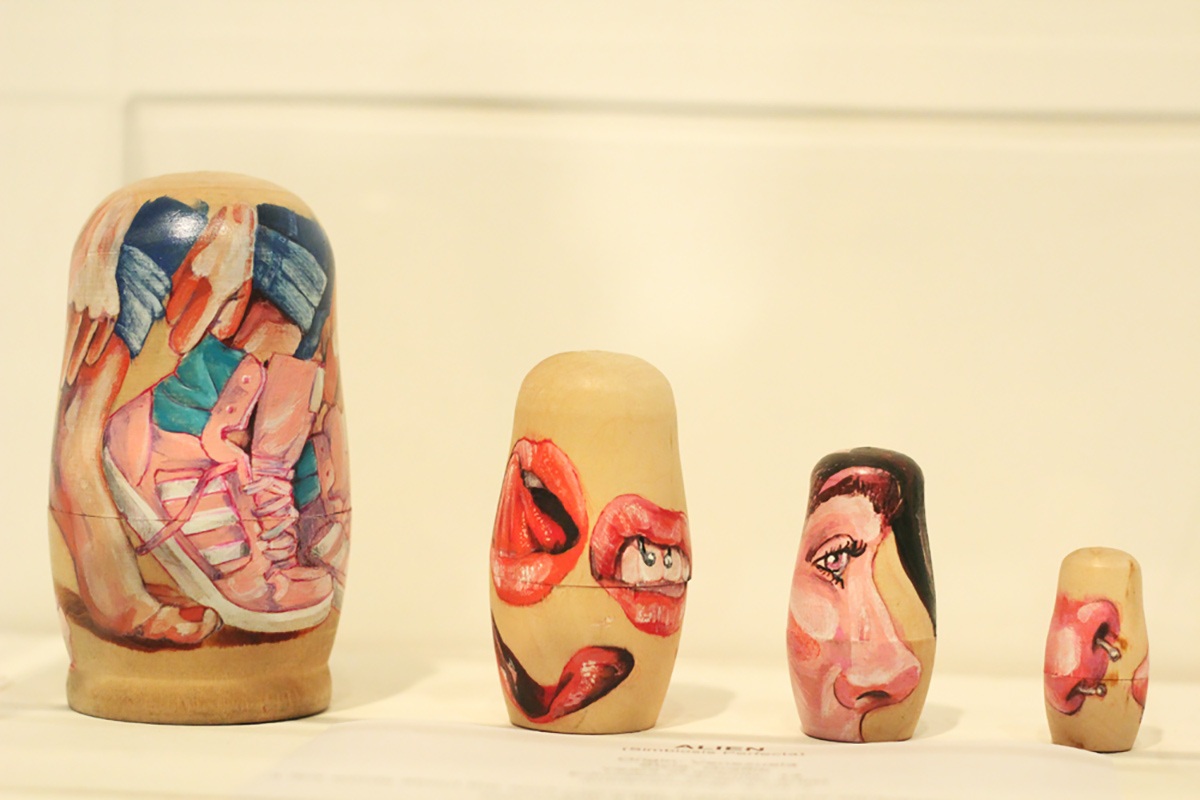
How did the artists respond to theidea of creating Russian doll pieces,specifically considering all if not most work along the street art, graffiti andtattoo artmediums?
Mas972: The response from each artist was wonderful, and each agreed to participate in a heartbeat. All of the artists are extremely creative in their own right, and were challenged to put together distinct sets of dolls with the utmost patience and delicacy, unlike the more urgent methods of graffiti and street art.
The Babushka International Art Exhibition will remain on display at Kuli Alma in Tel Aviv through 21 November 2014 with plans to travel to London, Berlin, Warsaw and Milan in 2015.
Images courtesy of Xen Melnikov




